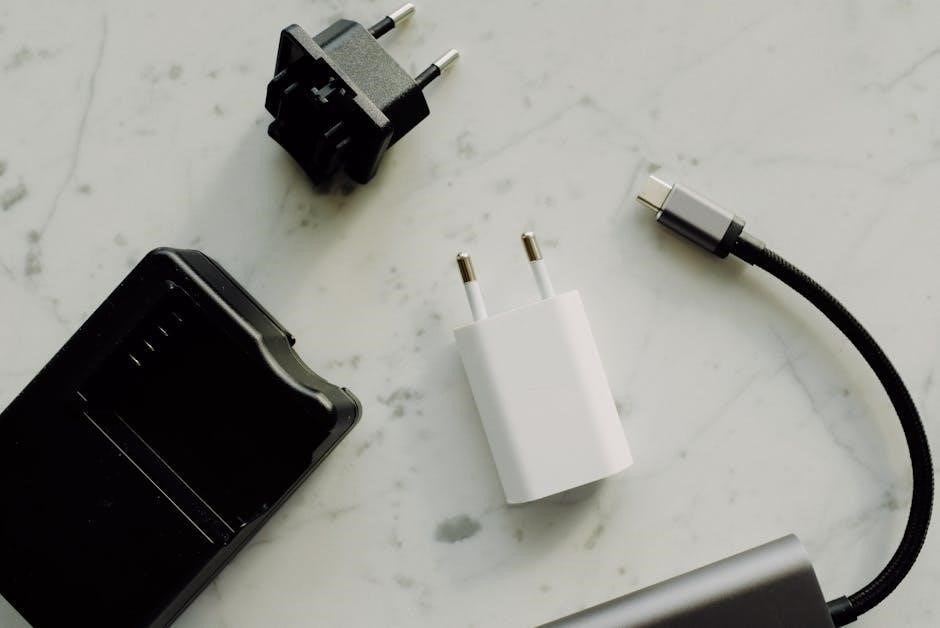Manual transmissions require driver input via a clutch and gearshift, offering control. Automatic transmissions use a torque converter to automatically adjust gears, providing ease of use.
1.1 Basics of Manual Transmission
A manual transmission requires the driver to actively engage a clutch pedal and shift gears using a gearshift. This system provides direct control over gear changes, allowing drivers to optimize acceleration and speed. The clutch disconnects the engine from the transmission, enabling smooth shifts. Manual transmissions are known for their simplicity, lower cost, and better fuel efficiency compared to automatics. While they lack the convenience of automatic shifting, they offer a more engaging driving experience. The torque converter, typically found in automatics, is not a standard component in manual systems.
1.2 Basics of Automatic Transmission
An automatic transmission uses a torque converter to automatically manage gear shifts, eliminating the need for manual clutch operation. Sensors and technology adjust gears based on driving conditions, providing ease of use. The torque converter allows the engine to continue running while the vehicle is stationary, enabling smooth acceleration. Automatics are ideal for urban driving and those preferring convenience. However, they typically offer lower fuel efficiency and higher costs compared to manual transmissions. The system’s complexity is balanced by its ease of operation.
Understanding the Torque Converter
A torque converter is a fluid-coupled device in automatic transmissions, transferring engine power to the transmission. It enables smooth, stall-free operation at stops and accelerations, enhancing drivability.
2.1 Function of a Torque Converter
A torque converter is a fluid-coupled device that transfers engine power to the transmission. Its primary function is to multiply torque during acceleration and smooth power delivery. By using fluid dynamics, it allows the engine to continue running while the vehicle is stationary, eliminating stalling. The converter consists of a pump, turbine, and stator, working together to optimize power transfer. This component is crucial for seamless gear transitions in automatic transmissions, enabling smooth acceleration from a standstill and maintaining engine speed during stops.
In automatic transmissions, the torque converter replaces the clutch, enabling smooth gear shifts without manual intervention. It allows the engine to continue running even when the vehicle stops. In manual transmissions, a traditional clutch is used, requiring driver input to disconnect the engine from the transmission during gear shifts. Unlike automatics, manuals do not typically use a torque converter, relying instead on mechanical linkage for control. This fundamental difference impacts driving dynamics, fuel efficiency, and overall vehicle performance. A torque converter in a manual transmission offers improved low-speed driving smoothness and reduced stalling risk, enhancing overall control and efficiency for drivers. A torque converter in a manual transmission enhances driving comfort by smoothing acceleration and reducing jerking during gear shifts. It allows for seamless low-speed maneuvering, minimizing stalling risks. Drivers experience improved control, especially in stop-and-go traffic, as the system adapts to driving conditions. This results in a more refined and enjoyable ride, making it ideal for both novice and experienced drivers seeking a balance between manual control and automatic convenience. The converter’s ability to optimize power delivery further elevates the overall driving experience. A torque converter in a manual transmission can improve fuel efficiency by optimizing power delivery and reducing unnecessary engine strain. It ensures smoother acceleration, minimizing fuel wastage during gear changes. Additionally, the converter’s ability to maintain optimal RPM ranges can lead to better mileage, especially in city driving. However, the efficiency gains depend on driving habits and specific converter design, making it a viable option for those seeking to balance performance and economy without fully transitioning to an automatic system. This feature is particularly beneficial in traffic-heavy conditions. The torque converter adds complexity, weight, and cost to manual transmissions. It occupies additional space, potentially limiting design flexibility and increasing maintenance challenges over time. Integrating a torque converter into a manual transmission significantly increases complexity and cost. The system requires additional components like sensors and actuators, raising production expenses. The torque converter itself is expensive to design and manufacture, further driving up costs. Additionally, the engineering required to ensure compatibility with manual systems adds to the overall complexity. This makes such setups less accessible to consumers and less appealing for manufacturers due to higher production and maintenance demands. While innovative, the cost and complexity remain significant barriers to widespread adoption. The addition of a torque converter in a manual transmission system introduces significant weight and space challenges. Torque converters are heavier than traditional clutch systems, which can affect vehicle dynamics and fuel efficiency. Additionally, the physical size of the torque converter requires more space within the transmission casing, complicating design and potentially limiting compatibility with smaller or lightweight vehicles. These factors make the integration of torque converters in manual transmissions less practical for applications where weight and space are critical considerations. This trade-off must be carefully evaluated. A manual transmission torque converter consists of a pump, turbine, stator, and clutch. Its design integrates these components to enable smooth gear transitions and torque multiplication, supporting manual shifting while providing automatic-like acceleration benefits. A torque converter in a manual transmission system comprises several key components. The pump is connected to the engine’s crankshaft and generates hydraulic pressure. The turbine is linked to the transmission and transfers torque to the gears. The stator optimizes fluid flow, enhancing efficiency. Finally, the clutch engages to lock the converter during high-speed operation, improving performance; These components work together to enable smooth torque multiplication and seamless gear transitions, combining the benefits of manual control with automatic-like ease. A torque converter can be integrated into a manual transmission system to enhance its functionality. While traditional manuals rely on a clutch, the converter allows the vehicle to come to a full stop without disconnecting the engine. This setup maintains the driver’s control over gear shifts but adds convenience, especially in low-speed situations. The converter handles torque multiplication smoothly, reducing the need for constant clutch engagement. However, this integration adds complexity and cost compared to a standard manual system. Installing a torque converter in a manual transmission requires precise alignment and connection to the transmission. Regular maintenance involves checking fluid levels and ensuring proper connections. The installation of a torque converter in a manual transmission involves several detailed steps. First, the transmission must be removed to access the clutch and flywheel area. The torque converter is then carefully aligned and attached to the transmission input shaft. Proper alignment ensures smooth engagement and prevents damage. Once secured, the transmission is reinstalled, and connections are made. It’s crucial to follow manufacturer guidelines to avoid installation errors and ensure optimal performance. Professional assistance is recommended for a seamless process. Regular maintenance is essential for optimal performance of a manual transmission torque converter. Check the transmission fluid level and condition, as dirty or low fluid can impair functionality. Inspect for leaks around the torque converter and ensure proper alignment during installation to prevent wear. Periodic inspections by a professional are recommended to identify potential issues early. Additionally, avoid excessive heat buildup, as it can degrade the converter’s components. Proper care extends the lifespan and ensures smooth operation. Mastering smooth gear shifts and clutch control enhances driving efficiency. Use the torque converter effectively by avoiding riding the clutch and shifting at optimal RPMs for better performance. Shifting with a torque converter in a manual transmission requires precise coordination between clutch engagement and accelerator input. The torque converter allows smoother gear transitions by reducing abrupt power delivery. Drivers should use gradual acceleration to avoid unnecessary wear on the converter. When shifting, ensure the engine RPM matches the gear ratio for seamless transitions. Proper timing prevents jerky movements, enhancing the overall driving experience. Regular practice helps develop muscle memory for optimal shifting techniques. This balance between mechanical input and converter assistance creates a more refined driving experience. To maximize efficiency and longevity, drivers should adopt smooth acceleration and gradual clutch engagement. Avoid sudden shifts or riding the clutch, as this can strain the torque converter. Monitor engine RPM to ensure smooth transitions between gears. Maintain awareness of road conditions and adjust driving style accordingly. Regular practice helps develop muscle memory for seamless shifting. Always follow manufacturer guidelines for maintenance and operation. By adhering to these practices, drivers can enhance performance and extend the life of their manual transmission system. Consistency and attention to detail are key. Common issues include slipping, hesitation, and overheating. Regular fluid checks and filter replacements can prevent these problems. Addressing symptoms early ensures optimal performance. Identifying issues with a manual transmission torque converter involves monitoring performance. Slipping or hesitation during acceleration are key indicators. Unusual noises, such as grinding or whining, may signal wear. Overheating can cause damage, so checking fluid levels and condition is crucial. Drivers should also note any difficulty in shifting gears or unexpected puddles of fluid, which could indicate leaks. Regular inspections and addressing symptoms early can prevent costly repairs and ensure smooth operation. DIY troubleshooting tips for a manual transmission torque converter include: Technological advancements and market trends suggest a rise in hybrid manual-automatic systems, blending fuel efficiency with driver control, potentially reshaping the future of transmissions. Advancements in hybrid systems are integrating torque converters with manual transmissions for seamless gear shifts. AI-driven gear optimization enhances fuel efficiency and performance. Materials science improvements are creating lighter, more durable components. These innovations aim to merge the control of manual transmissions with the convenience of automatic systems, appealing to both enthusiasts and eco-conscious drivers. The integration of torque converters into manual systems is expected to redefine driving experiences, offering the best of both worlds. The integration of torque converters into manual transmissions is gaining traction, driven by demand for smoother, more efficient driving experiences. Automakers are increasingly investing in hybrid systems that combine manual control with automatic convenience. These systems are particularly popular in regions with high fuel costs, as they offer improved fuel efficiency. Enthusiast communities are also embracing this technology for its potential to enhance performance without sacrificing driver engagement. However, adoption is gradual, as production costs and compatibility issues remain challenges for widespread implementation.2.2 How It Differs in Manual vs. Automatic
Advantages of a Torque Converter in Manual Transmission
3.1 Enhanced Driving Experience
3.2 Potential Fuel Efficiency
Disadvantages and Limitations
4.1 Complexity and Cost
4.2 Weight and Space Considerations
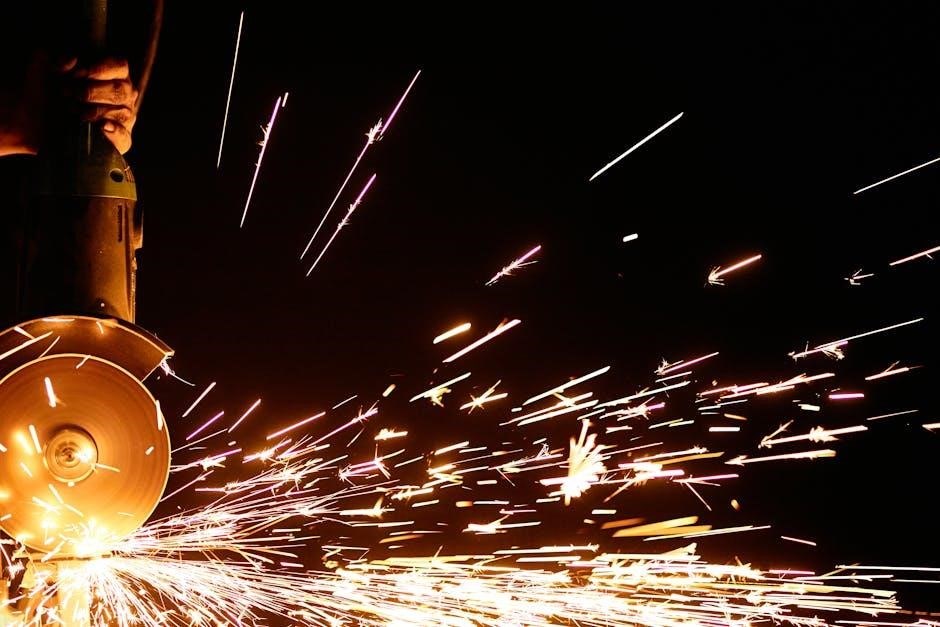
Design and Components
5.1 Components of the Torque Converter
5.2 Compatibility with Manual Systems
Installation and Maintenance
6.1 Installation Process
6.2 Maintenance Requirements
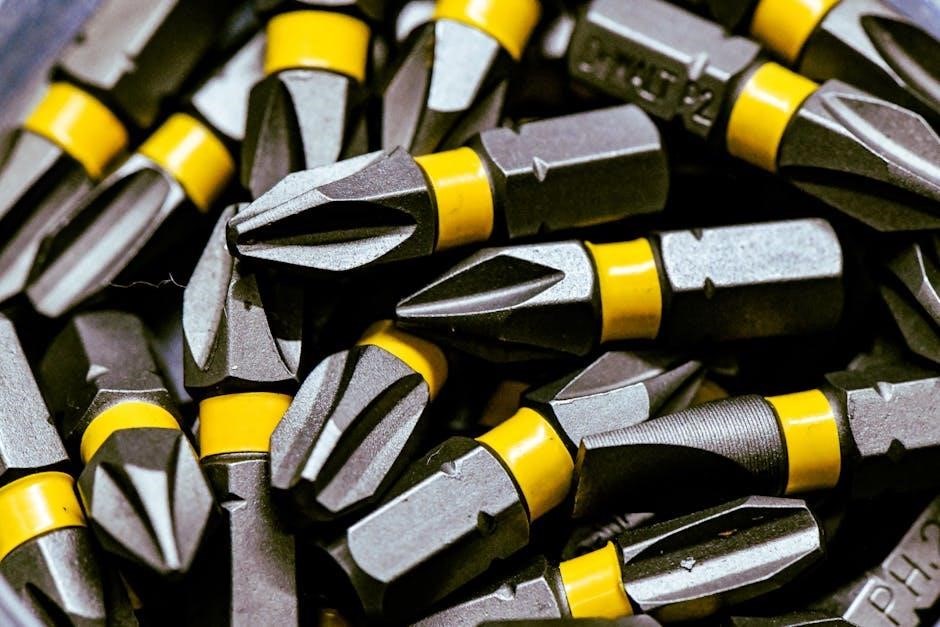
Driving Techniques
7.1 Shifting with a Torque Converter
7.2 Best Practices for Drivers
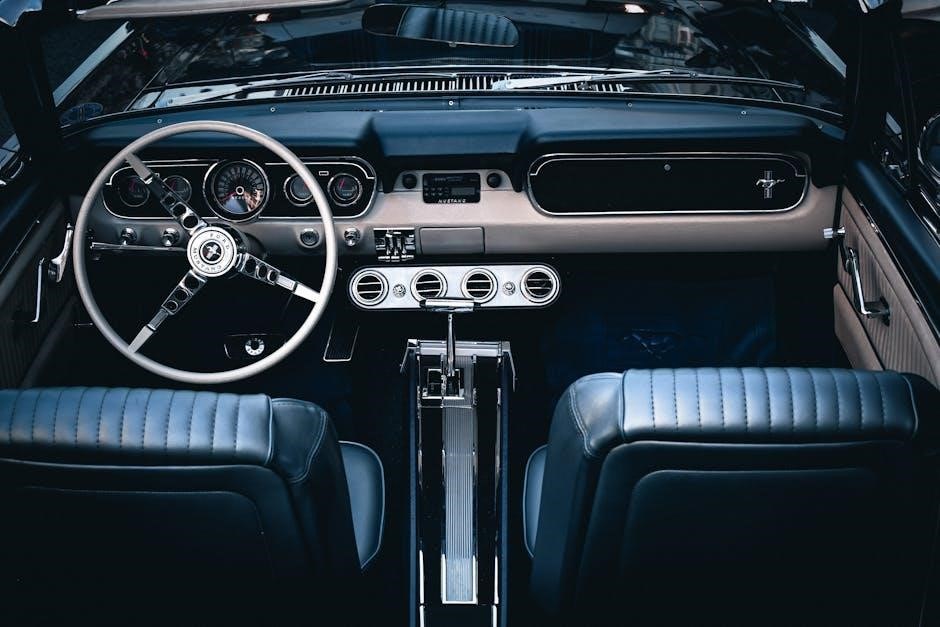
Common Issues and Troubleshooting
8.1 Identifying Problems
8.2 DIY Troubleshooting Tips
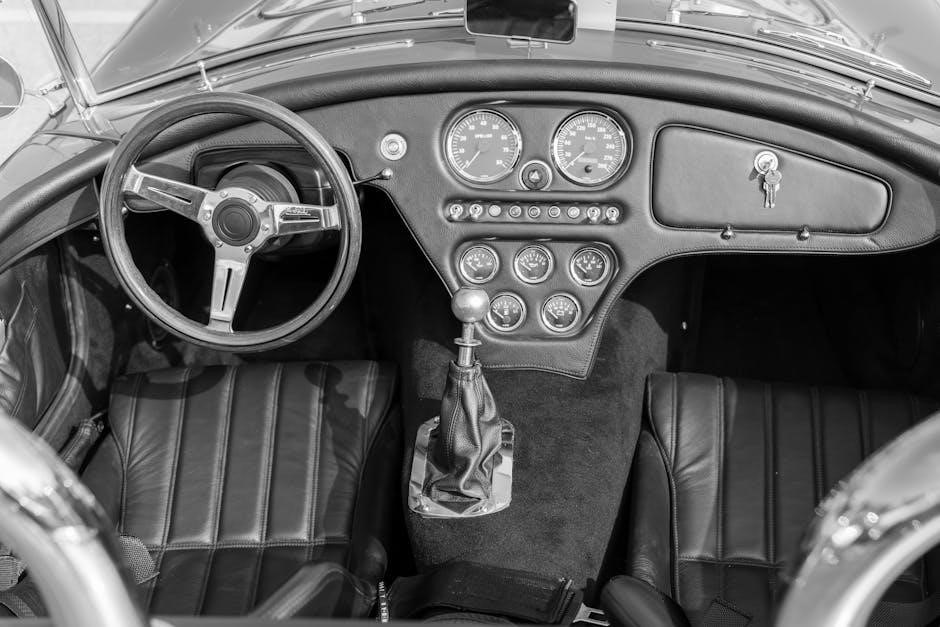
Future of Manual Transmissions with Torque Converters
9.1 Technological Advancements
9.2 Market Trends and Adoption
